Planning Essentials: What is Sustainability?
Government guidance puts the concept of ‘sustainability’ at the heart of the planning regime. The term features heavily in policy documents and is often cited in application decisions. But when it comes to securing consent for your scheme, there are multiple facets to a sustainable approach – beyond simply going green. So what exactly does it mean and how can you ensure your project is deemed sustainable?
The basics
The National Planning Policy Framework (NPPF) sets out the government’s overarching advice on planning strategy and decision making. It articulates the idea that the system’s purpose is to contribute to achieving sustainable development – something that the United Nations defines as meeting the needs of the present, without compromising the ability of future generations to meet their own requirements.
The NPPF also establishes a presumption in favour of sustainable development, which is marked out as a golden thread running through local plan-making and decisions. This kind of grand pronouncement is all well and good – but it doesn’t tell us much about how the concept works in practice. Thankfully, the framework does set out more information – although whether this clouds or clarifies the issue is debatable.
Sustainability details
The NPPF defines three roles the planning system should perform in delivering sustainable development: economic; social; and environmental.
1. The first of these refers to building the economy by ensuring sufficient land of a suitable type is available in the right place and at the right time to support continued growth and innovation. Read the full section and you might think the language relates predominantly to large-scale builds – and indeed there’s nothing to specifically suggest this might be applied to a self-build project.
However, the economic benefits of building a new house are relevant. The construction phase will boost the local economy and occupation of the finished home will no doubt support local business, too. The government also pays a new homes bonus to councils when they grant permission for new houses – so your one-off scheme could assist their budgets.
2. The social aspect is all centred around supporting communities. This means providing housing to meet current and future generations’ needs; creating a high-quality local environment with accessible services; and supporting the community’s general health, social and cultural wellbeing.
3. The third role refers to a number of elements surrounding protecting and enhancing the natural, built and historic environment. The key considerations include continuing to improve biodiversity, using natural resources prudently, minimising waste and pollution, and mitigating climate change (by introducing a low-carbon economy).
The breadth of the definition of sustainable development is such that seemingly every factor could be related to self-build projects. But what does it really mean and how is the concept applied on the ground?
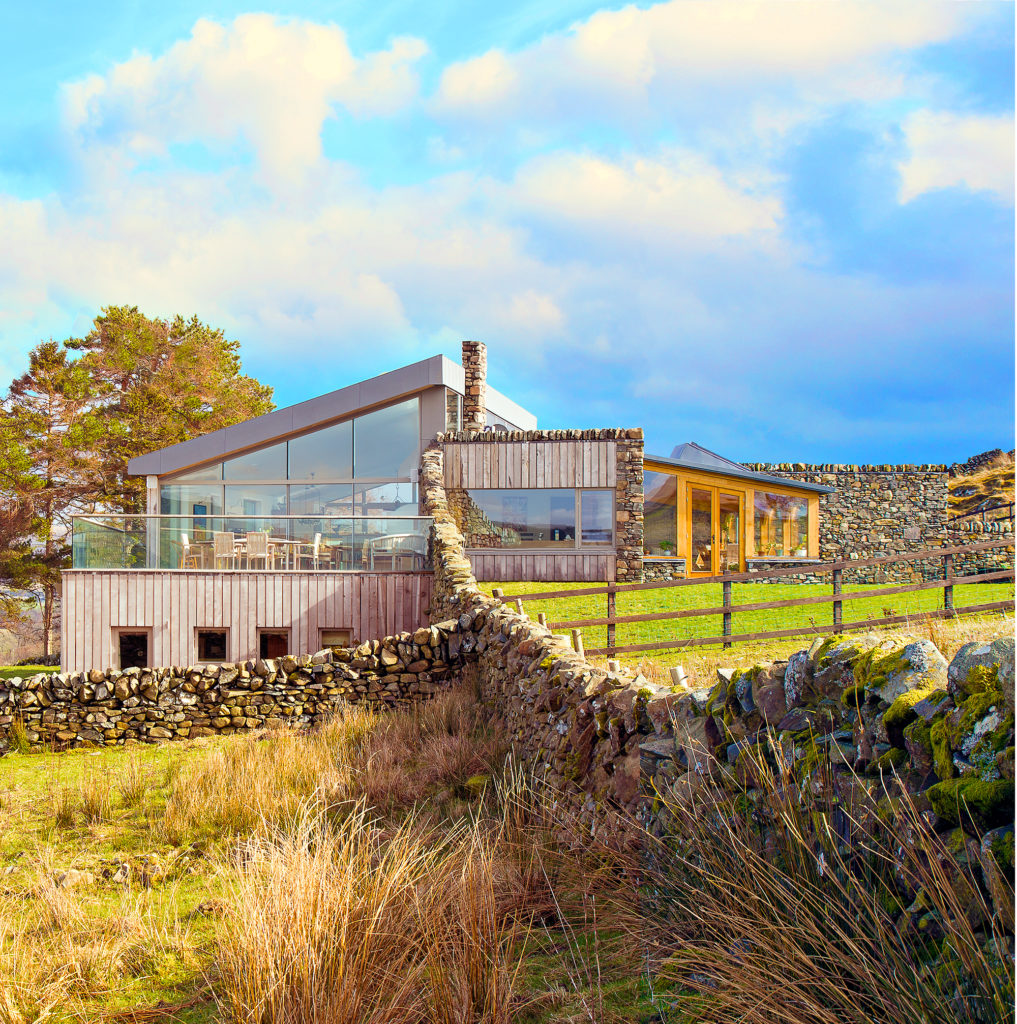 Sustainable materials, such as stone taken from the surrounding fields and oak cladding from wind-felled trees on the site, help to blend this striking home into its countryside location |
Sustainability in practice
Planning decisions are made in accordance with the policies set out in the relevant, up-to-date Local Plan (LP), which sets out the strategy for future development in the area. The only exception to this is where material considerations, of which the NPPF is one, indicate otherwise. But provided it’s up-to-date, the LP will always have primacy – so simply saying your project is sustainable wouldn’t be enough of a material consideration to trump policy.
However, if the LP is out-of-date or doesn’t address the matter at hand, then there may be recourse via the NPPF (more on this later). But fundamentally, sustainability isn’t of itself an automatic route to gaining planning permission.
Nevertheless, it is a significant consideration in whether planning approval is granted – and it’s often the locational sustainability of a site that carries the most weight. This basically refers to the development’s proximity to shops, jobs, schools and social facilities, and how accessible these are via non-car modes of transport (ie walking, cycling and public transport in the form of buses and trains).
Don’t assume that your planning officer knows about all available local public transport, footpaths or cycle ways when you make an application – you should include such details in a supporting statement in order to ensure they’re factored in.
Renewables & efficiency
The second common area where sustainability comes to the fore is in the house’s construction, especially the use of materials and renewable energy systems. Whilst all new housing must be reasonably energy efficient to meet today’s Building Regulations, demonstrating a commitment to low-carbon construction and the inclusion of renewable tech in your application can help establish that the house will be sustainable. Again, spell out all of these features of your design in a supporting statement when you make your application.
Planning policies aim to protect the natural and historic environment, as well as preserve the amenities of existing residents and ensure that occupants of new houses also enjoy a high standard of amenity. While these parameters have existed for decades, today they’re linked back to the concept of sustainability.
So, for example, a new build home that has the potential to impact on the inherent natural beauty or character of an area might be described as unsustainable – in so far as it could deprive future generations of the opportunity to enjoy the historic setting or landscape. So you may need to set out how your scheme improves design quality in the area and enhances the surroundings.
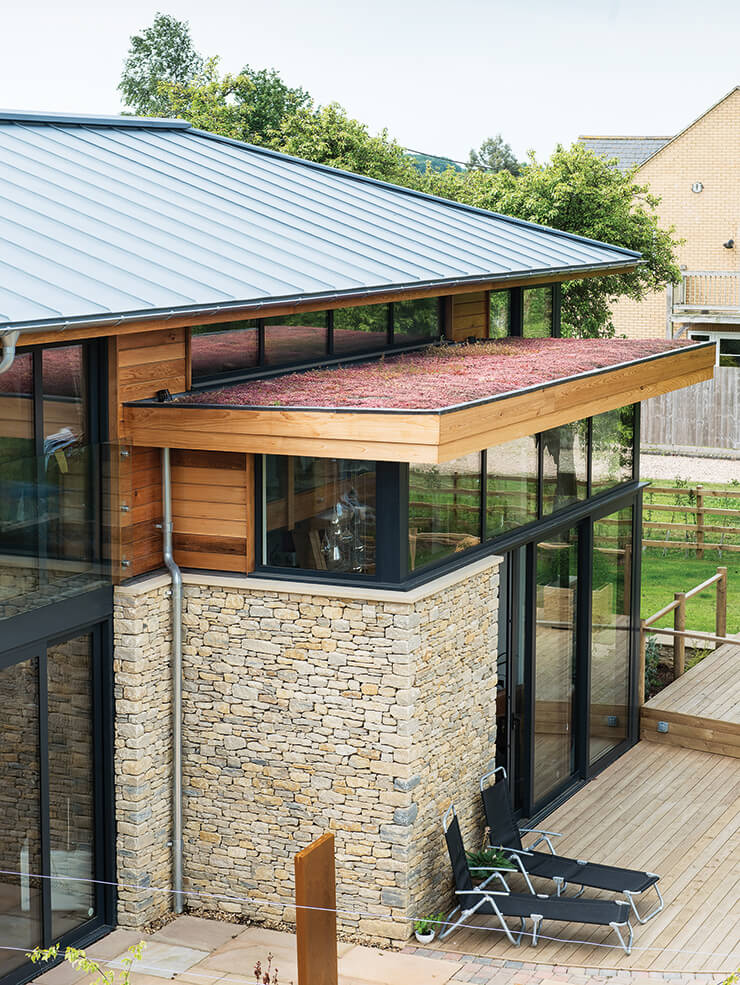 Incorporating features such as a sedum roof can help to improve biodiversity and therefore mitigate the environmental impact of your project – something that may sit well with planners, provided it suits the setting. This was the case with the Spillanes’ home, above |
When is sustainability important?
The topic tends to come up most frequently in cases involving rural plots. Many villages, in particular, aren’t particularly sustainable from a locational point of view. With this in mind, the government has added planning practice advice pointing out that new housing in one village can help to maintain facilities in other settlements nearby – a point that councils can be guilty of overlooking.
They recently moved to clarify the permitted development (PD) right to convert farm buildings to houses, as many local authorities were refusing to allow projects in remote places based on the grounds of locational sustainability. Helpfully this loophole was closed by the government by specifying that location was not a factor councils could consider when assessing PD conversion schemes.
One interesting area for self-builders is that, where councils haven’t identified an adequate five-year housing land supply, the NPPF deems their housing policies to be out of date. In this case, the presumption in favour of sustainable development takes over as the key consideration.
In these circumstances, locality is vital – but where the decision could be marginal, a council might be swayed in the right direction if you are able to demonstrate a strong commitment to sustainable construction. So it can be worth including specific details as to how and why the materials and techniques you’re using are going to be sustainable in your application, as well as highlighting any use of renewable energy, rainwater harvesting and other elements such as reed bed drainage.
How to get ahead
We’ve established that the key factor in any planning decision will be the policies set out in the Local Plan – but appeal verdicts are showing that, even where councils have a suitable housing land supply, some schemes have been allowed principally due to their sustainable credentials.
This doesn’t mean it’s open season for self-builders – far from it, but it does indicate that the pressure for new housing is engendering a more flexible approach among councils and planning officers. This doesn’t apply uniformly across the UK, however, and you still need to ensure your design follows the basic planning tenets of providing good access, blending into the neighbourhood and not adversely affecting neighbours. These factors can easily override any amount of sustainability built into your self-build scheme.
So by all means work to push the sustainable nature of your project as hard as you can when making a planning application – but be sure to pay close attention to the key fundamentals, too, in order to maximise your chances of success.
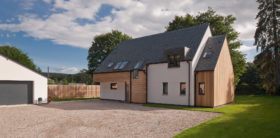
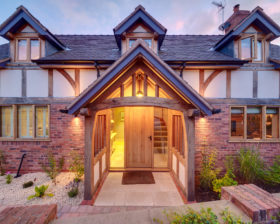



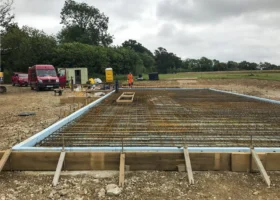


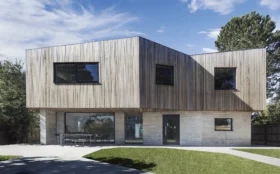





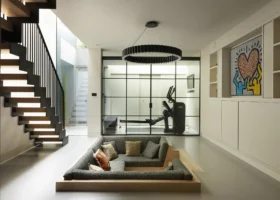













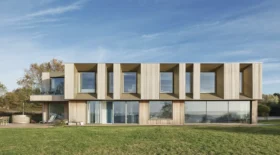















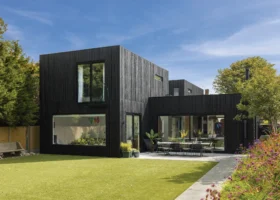


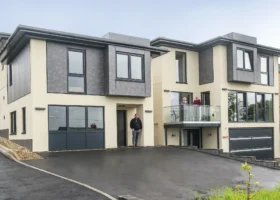












































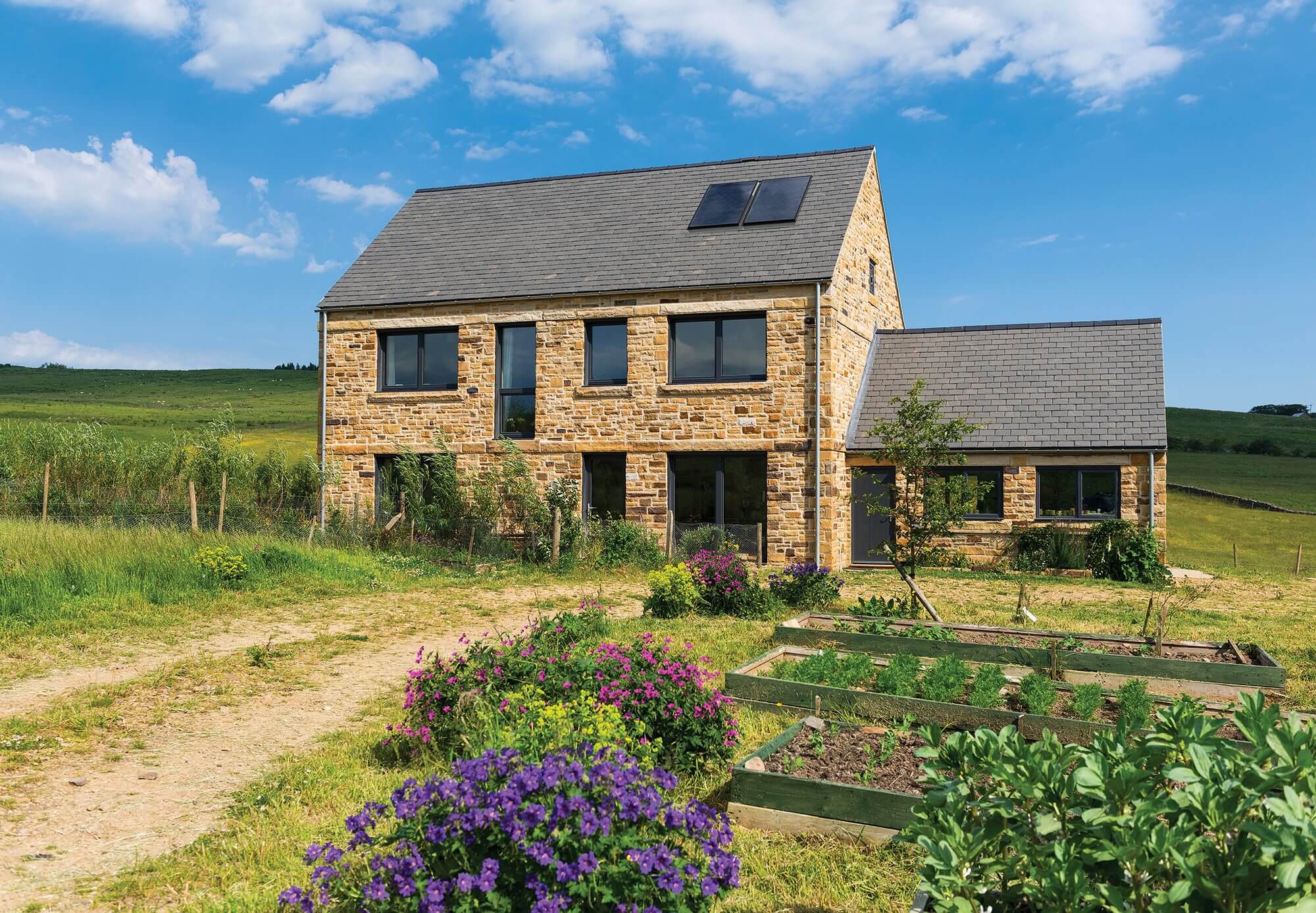
 Login/register to save Article for later
Login/register to save Article for later

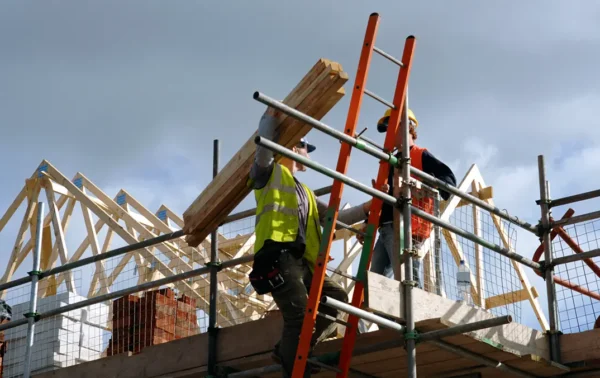
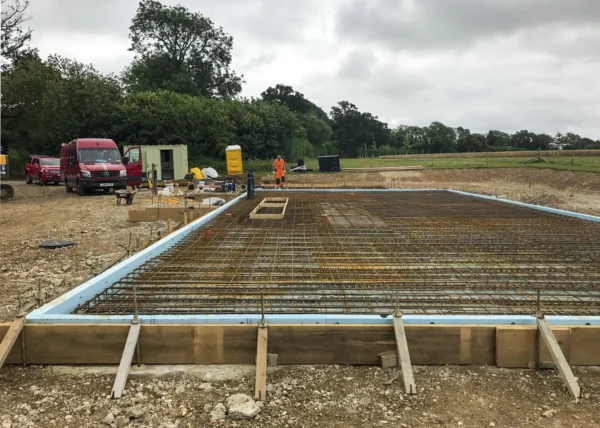
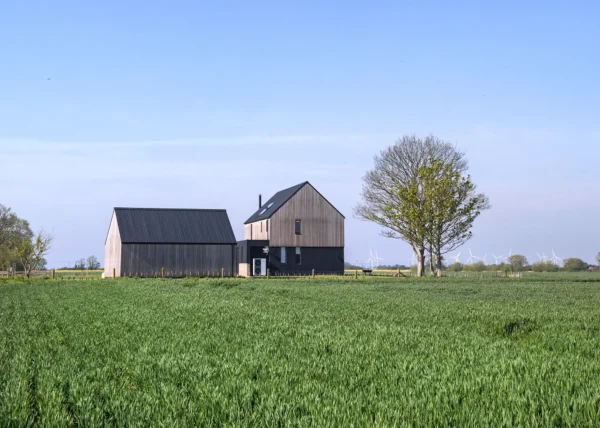

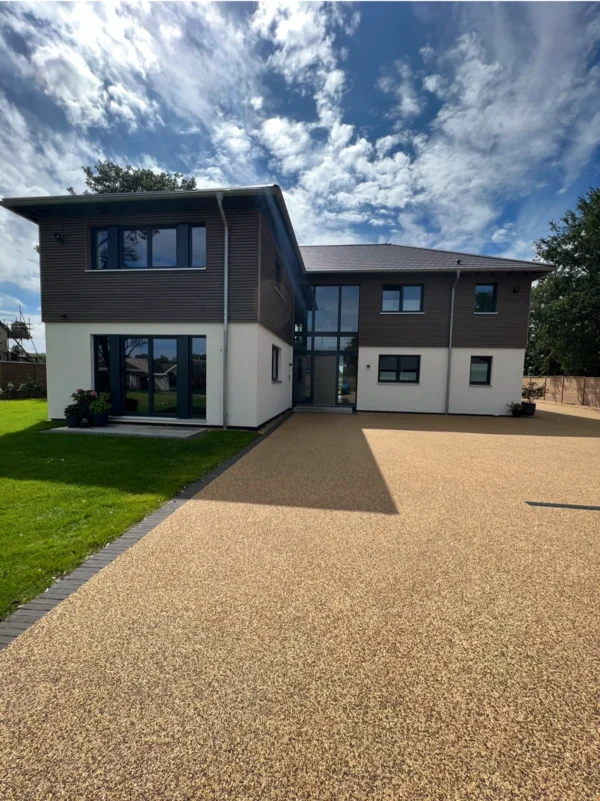
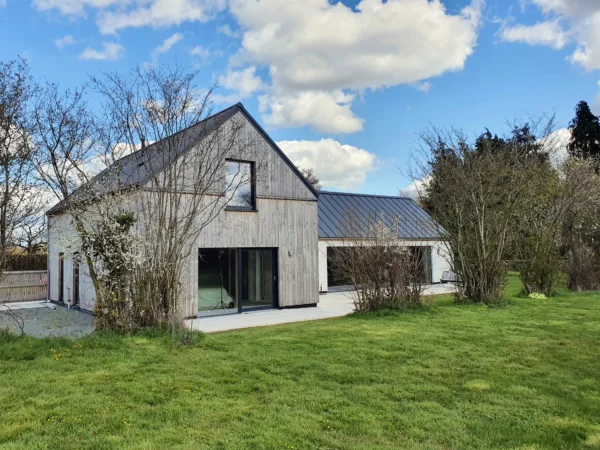





Comments are closed.